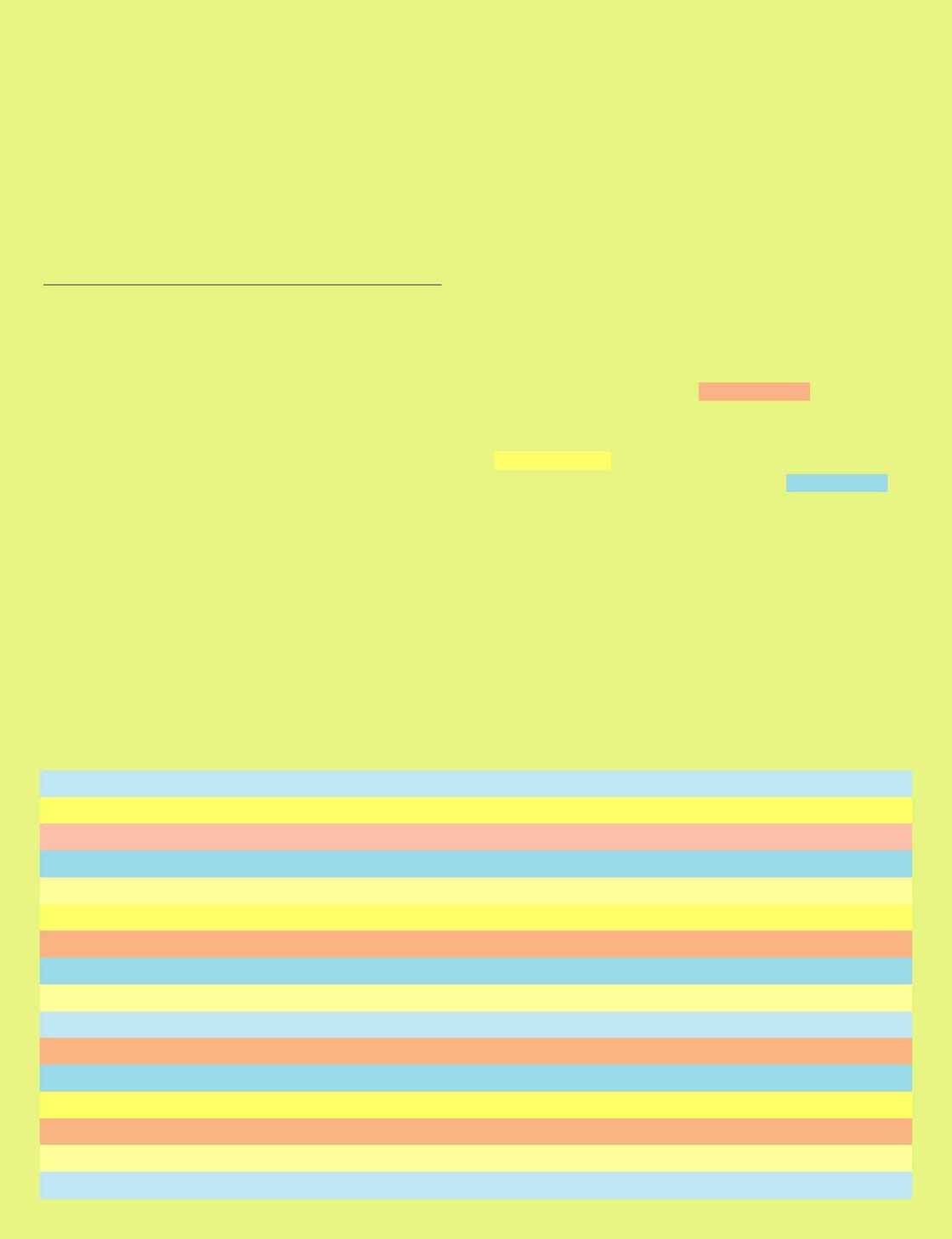
CTP in Canada
Chasing after artifact-free fidelity
By Jon Robinson
Number of CTP devices in Canada: 491
Number of new CTP devices installed in Canada since April 2004: 172
Number of new CTP installations last year: 109
Number of Canadian cities with one CTP device: 79
Number of CTP devices in the Greater Toronto Area: 147
Number of CTP devices in the rest of Ontario, excluding the Greater Toronto Area: 113
The brand name Creo appeared most often in the device category: 179
The brand name Agfa appeared most often in the plate category: 147
The brand name Epson appeared most often in the proofing category: 122
The brand name Creo appeared most often in the workflow category: 163
Total number of printers producing some measurable amount of work at or above 175-line screen in 2005: 158
Number of printers producing some measurable amount of work at or above 175-line screen in 2004: 44
Number of printers producing work at a line screen average at or above 175 lpi: 49
Number of printers producing work at a line screen average at or above 300 lpi: 22
Number of printers producing work at a line screen average at or above 400 lpi: 18
Number of printers producing work at a line screen average at or above 500 lpi: 6
The following facts refer to the figures found in this chart
P
rintAction's 7th-annual listing of Computer To Plate installa-
tions across Canada is simply the greatest statistical barometer
for the future of printing in Canada. This is more than a list. It
is a carefully planned matrix containing some 5,000 pieces of originally
researched data that describes the true production levels and business
strategies of this country's leading offset printers.
The future of any such company will be directed by four strategies:
price, automation, quality and value-added services. Ultimately, the
country's best printers will combine all four of these pillars to create
one unshakable platform. With limited investment dollars, however,
it is usually the case that a printer must grab on to one and drive it
toward the other three. This is exactly what you will find by looking
carefully at this technology matrix.
You will also find that PrintAction has been planning for the results
of this year's chart for two years, which is when we began to record
Hi-Definition Printing and line screen. The aim is to gauge if
printing is again in the midst of an industry-wide increase in the
line-screen standard, much in the same way it once jumped from
133 lpi to 150 lpi. Currently, 175-line screen appears to be the
standard among commercial printers, but will the pressures of the
communications age push print further?
Within the matrix we have used
the colour orange
to highlight
the listing of any company that has increased the amount of work it
produces at a line screen greater than 175 lpi, since this time last year.
The colour yellow
is used to highlight new installations, which often
indicate an immediate jump above the 175 mark.
The colour blue
indicates companies that have either remained static or invested in
plates, proofing or new software.
It is apparent that several companies are driving to perfect
automation in their facilities, to move closer to Computer Integrated
Manufacturing through CIP3- and CIP4-enabled software. This can
be found through software version numbers, and we expect them to
become a substantial indicator on next year's matrix.
Please note: Unless informed otherwise, PrintAction translated all micron-based statistics into
generally accepted levels of line per inch, meaning 20-micron is translated at 420 lpi and 10-micron
at 550 lpi. While PrintAction contacted more than 90 per cent of the printers on this list, some
information might be outdated and companies should be contacted directly for more detail.
